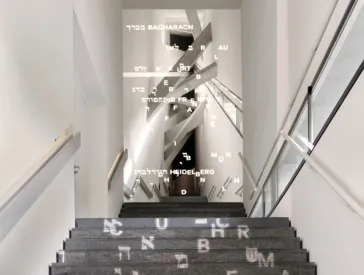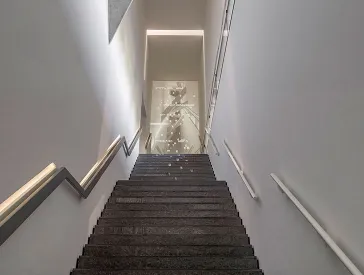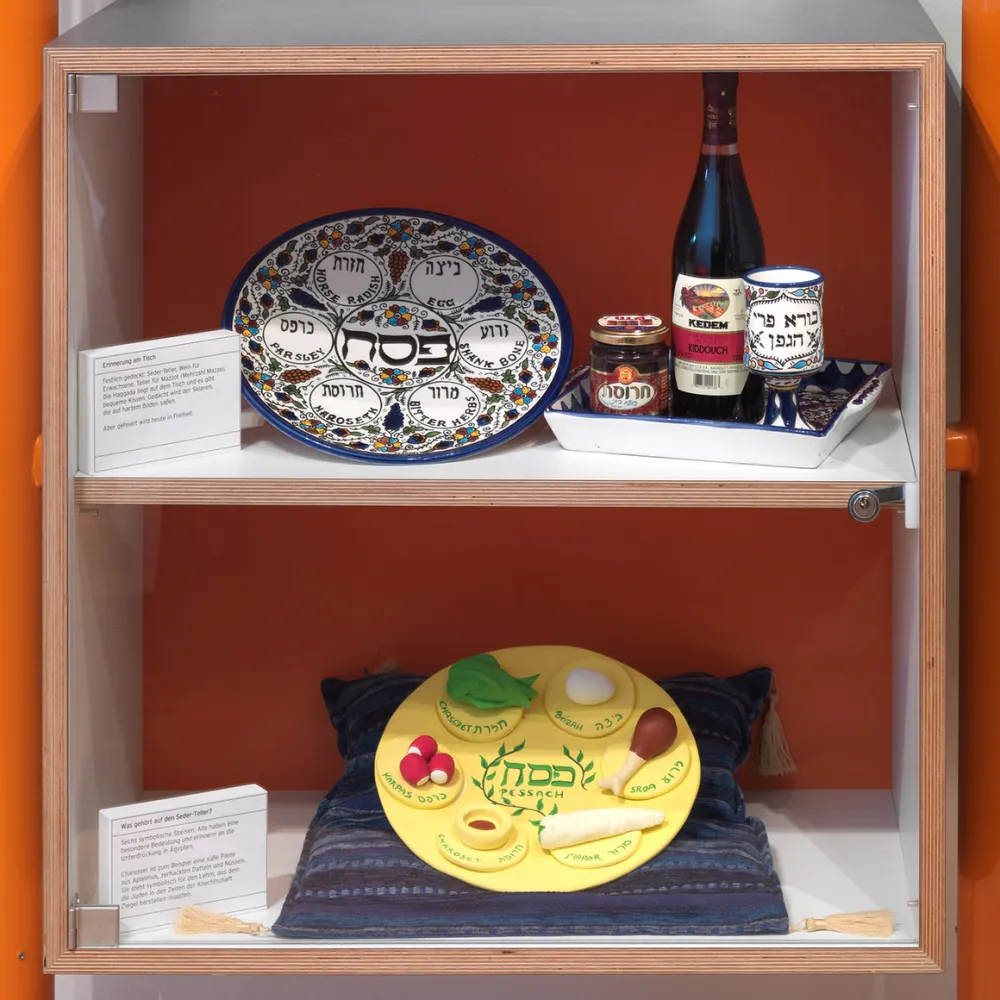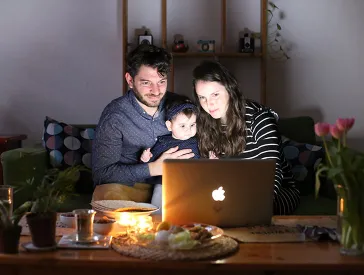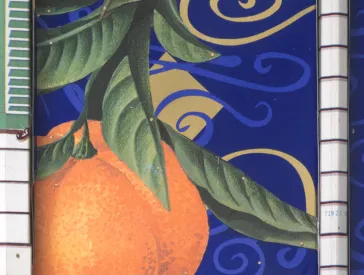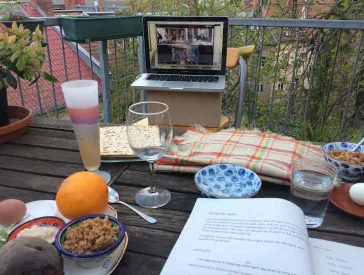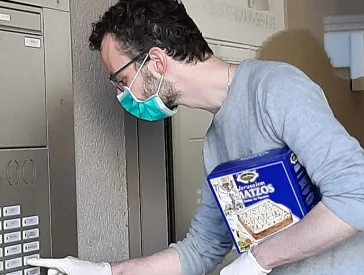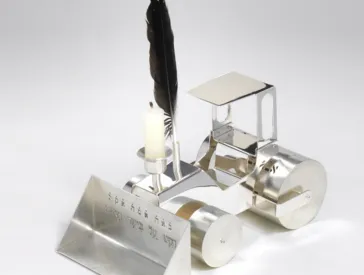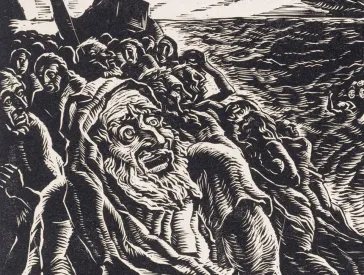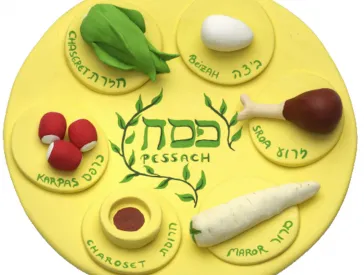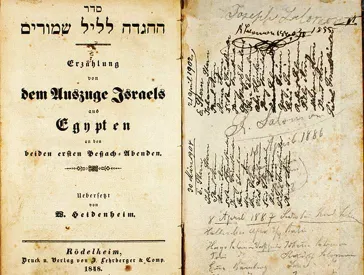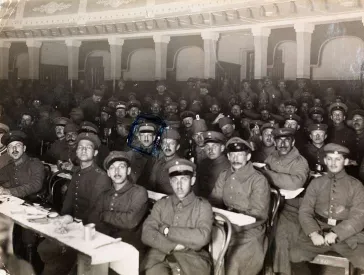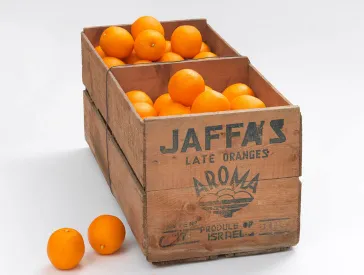Passover
Passover celebrates the liberation of the Jews from pharaonic slavery and their exodus from Egypt. The story, from II. Moses tells of the Israelites’ suffering, of their hasty departure with Pharao's army in hot pursuit, of their wandering through the desert as well as the plagues inflicted by God on the Egyptians.
Passover takes place in the spring and begins with a seder: a long, ritualized meal. Family and friends read from the Haggadah, which recounds the story of the holiday; they sing and eat. Passover is also called the "celebration of unleavened bread:" in memory of the haste with which the Israelites left Egypt, they are forbidden to eat and drink leavened food and beverages for seven days.
Glückel bakes Colomba di Pasqua for Easter
April 14, 2022 Episode
Exhibition about Passover on Children’s Island (until 2017)
-
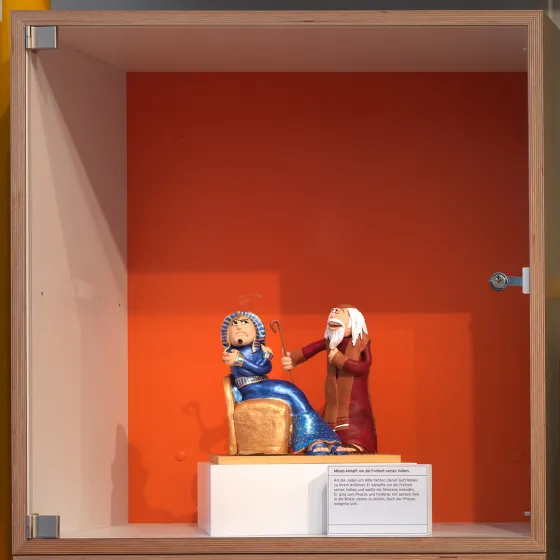
Passover display case: Moses begs Pharaoh to let his people go.
Jewish Museum Berlin, photo: Jens Ziehe -
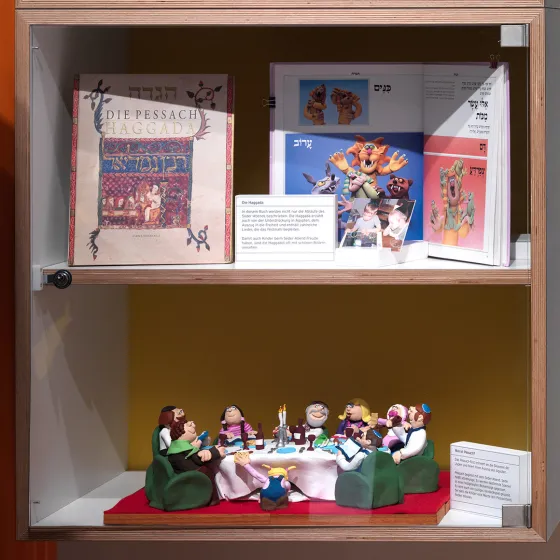
Passover commemorates the enslavement of the Jews and celebrates their exodus from Egypt. The Haggadah describes the sequence of the ceremonial seder meal.
Jewish Museum Berlin, photo: Jens Ziehe -
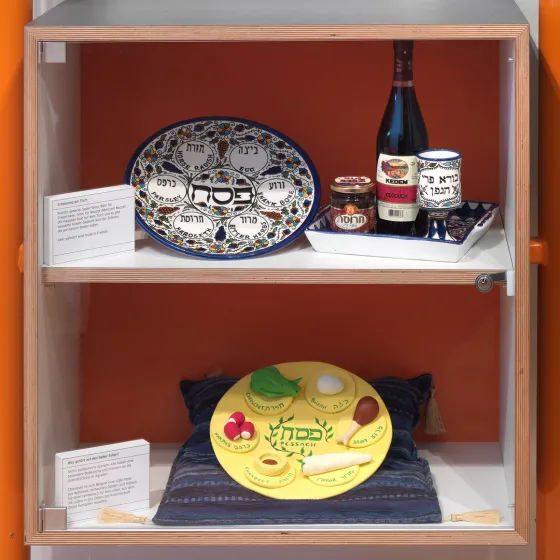
There are six foods on the seder plate. One of them, called charoset, is a sweet paste made of made of fruits and nuts. It symbolizes the mortar that Jews used to make bricks during their years of bondage.
Jewish Museum Berlin, photo: Jens Ziehe
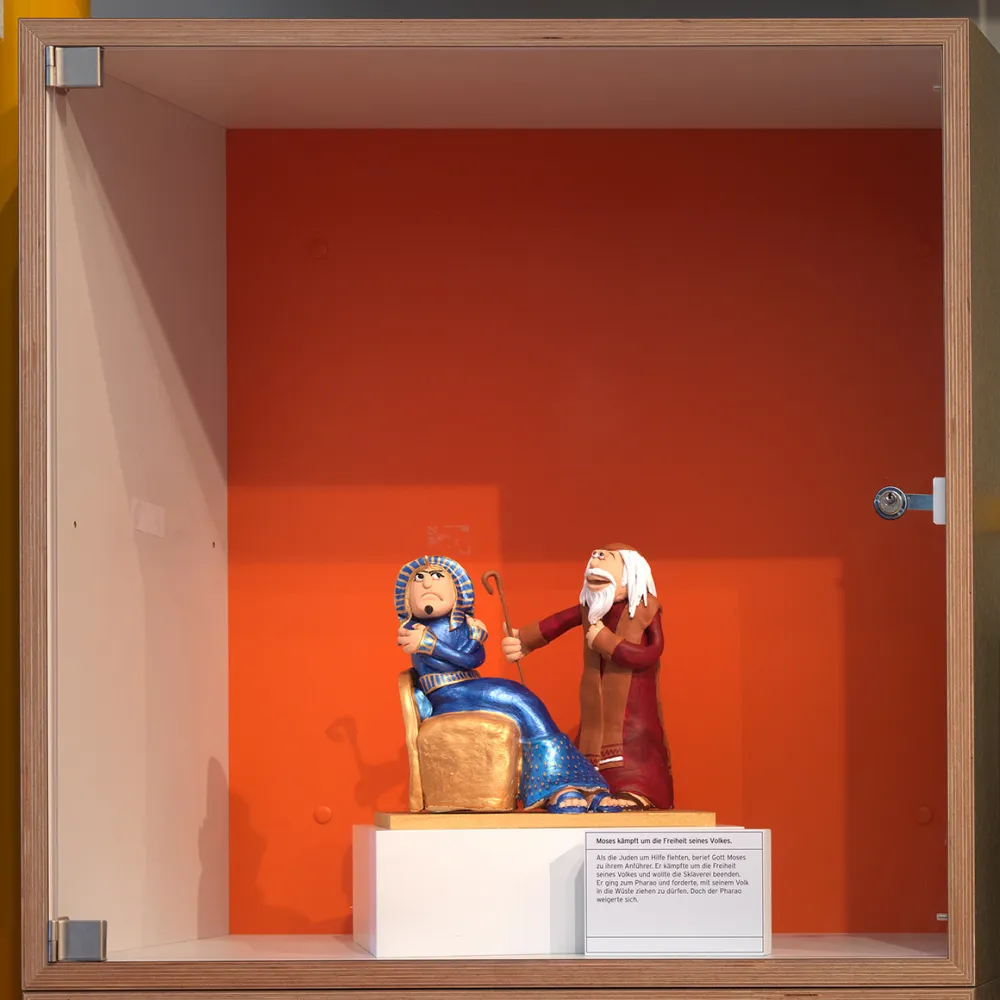
Passover display case: Moses begs Pharaoh to let his people go.
Jewish Museum Berlin, photo: Jens Ziehe
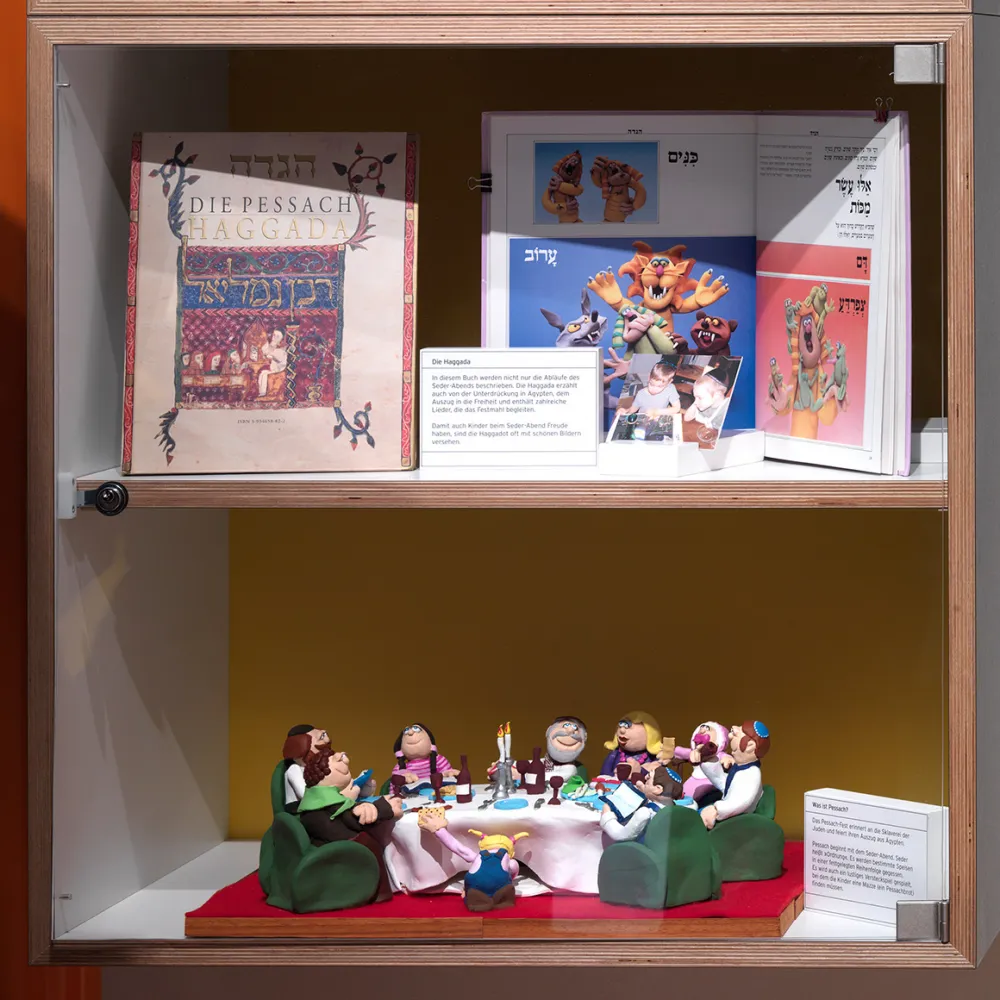
Passover commemorates the enslavement of the Jews and celebrates their exodus from Egypt. The Haggadah describes the sequence of the ceremonial seder meal.
Jewish Museum Berlin, photo: Jens Ziehe
